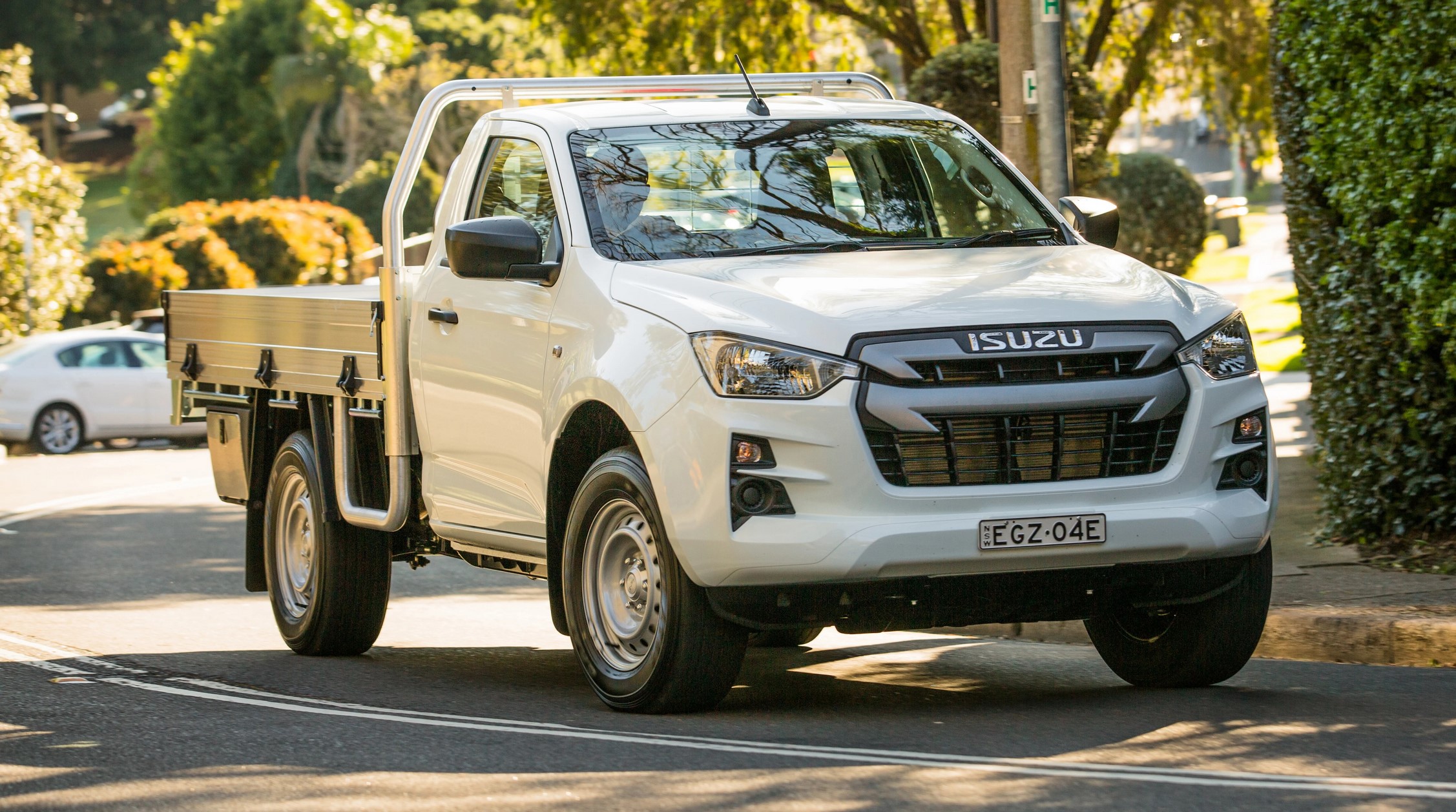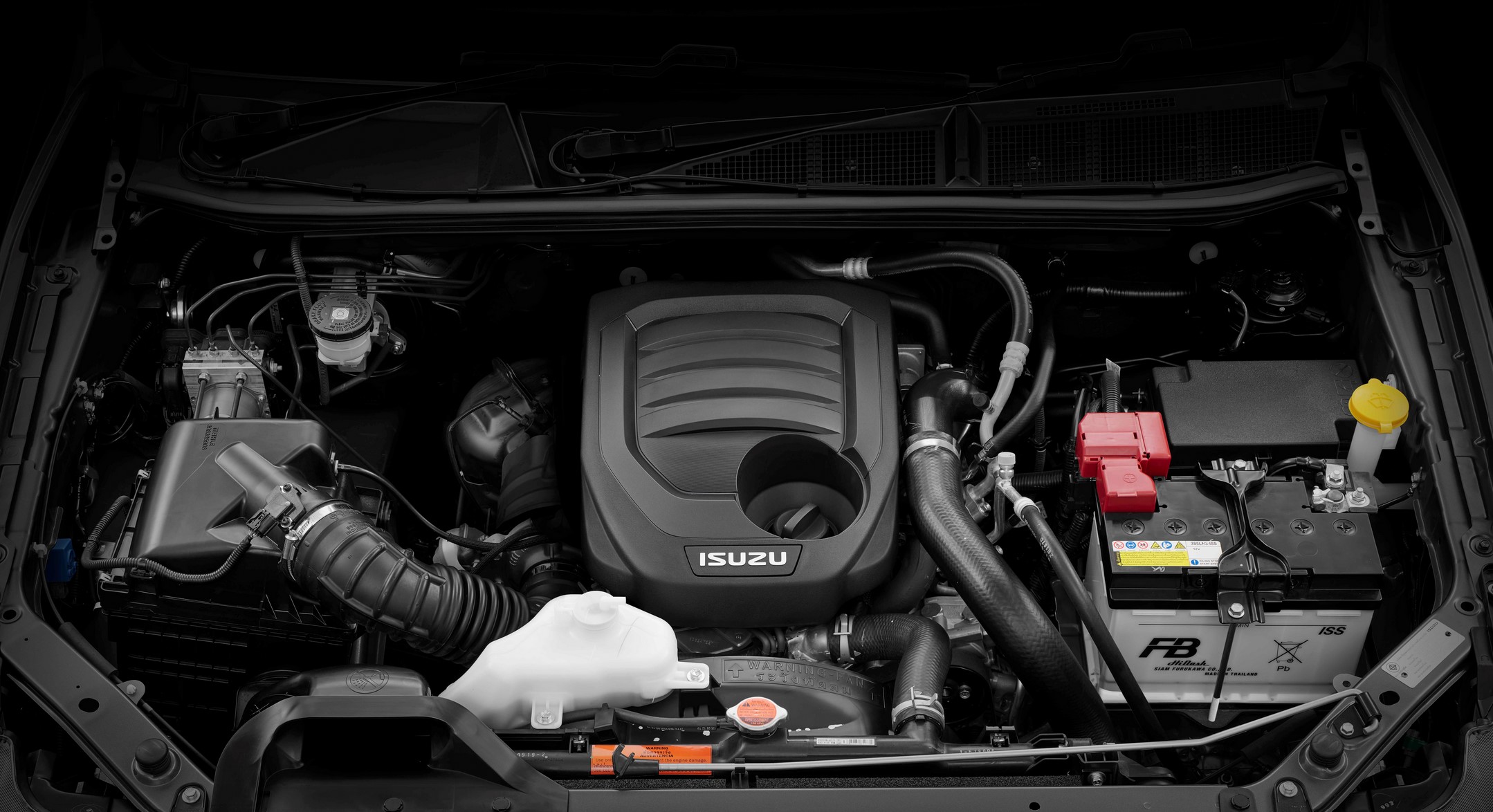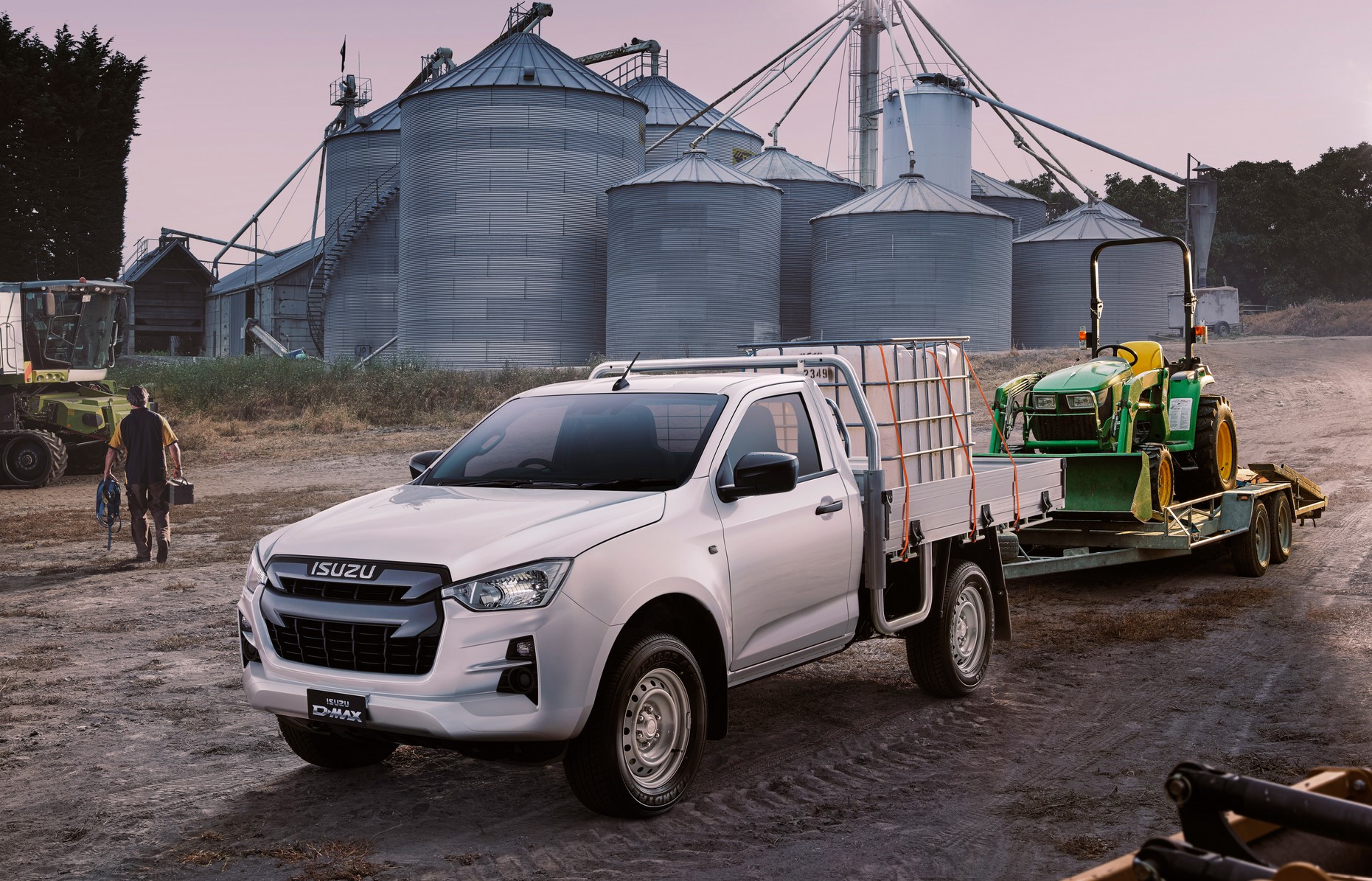We drive Isuzu’s D-Max ute with a smaller engine ahead of the Australian arrival.
Isuzu Australia is bolstering its D-Max ute range for 2022 with the introduction of a new 1.9-litre diesel turbo engine. Offered as a new entry-point to the range, it brings a lower price point but some sacrifices over the well-known 4JJ3-TCX 3.0-litre turbo-diesel.
The ‘RZ4E’ 1.9-litre turbo-diesel engine is fitted only to the SX single cab chassis 4×2 and can be purchased with either a six-speed manual or automatic transmission. (Pictured here is the 2020 Isuzu D-Max SX cab chassis.) Prices start at $31,200 before on-road costs for the manual and $33,200 for the auto. The same model can be bought with the 3.0L engine too, and prices are $33,200 with a manual or $35,200 as an auto. Curiously, the driveaway price for the 3.0L manual is $29,990, making it a no-brainer given the increased specification from the larger motor, but perhaps dealers will be compelled to put some good deals out on the 1.9L.
Output from the new RZ4E-TC engines delivers 110kW of power and 350Nm of torque. This is down on the ‘4JJ3-TCX’ 3.0L turbo diesel that makes 140kW and 450Nm (and is also the largest capacity four-cylinder engine in the segment).
With the six-speed manual, the entry-level D-Max on WLTP testing returns 8.4L/100km (these specs are yet to be given by Isuzu Australia), with CO2 emissions of 220g/km. The automatic raises that to 9.2L/100km and 241g/km of CO2. The updated 1.9-litre motor is Euro 6D compatible which means unlike older versions of this engine you need to fill up with AdBlue.
We’ve already driven the 1.9-litre where it is sold in the UK, though over there it can be mated to a 4×4 driveline as well, and that gives it a full-fat 3500kg braked towing capacity. Down Under, the 1.9L is only mated to 4×2 driveline and maximum braked towing capacity is 2800kg for the manual and 3000kg for the auto. In any event, we reckon the auto is the one to have because the manual isn’t very pleasant to use.
The self-shifter does have a very short first gear, which is helpful when towing something very heavy but a bit of a frustration most of the time. You might as well treat second gear as first if you’re unladen. The auto is better but not perfect: it’s a bit ponderous at junctions.
The engine itself is strong, but it’s very noisy. It delivers its power higher in the rev range than some other diesels, so you end up having to push it harder than normal – which means you notice the rattly sound and vibrations more, too. On the road, we found the equivalent entry-level SX model with the 1.9-litre was louder and bouncier compared to higher-spec models with the same engine (which is something not offered here).
Elsewhere, the D-Max SX 1.9L is the same car, fitted with terrific active safety systems in comparison to the segment (it’s a modern five-star ANCAP ute) although more basic fitout inside underneath the higher-spec models – this means a smaller 7.0-inch infotainment screen (but with wireless Apple CarPlay and Android Auto connectivity), fabric trim seats, and an otherwise pretty sparse cabin.
So the SX 1.9L is a workhorse ute but the sacrifice in refinement, towing capacity, and power compared to buying the 3.0L doesn’t seem worth it unless prices can be cut to a more competitive point.






